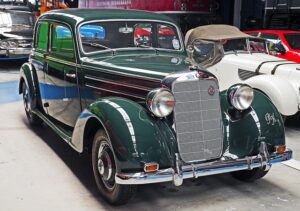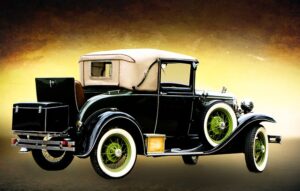Introduction
The steering wheel of a plane, also known as the control wheel, is a crucial component that allows pilots to control the aircraft’s direction and attitude. This article will dive deeper into the topic, exploring the different types of steering wheels used in planes and their functionalities.
Types of Steering Wheels
Yoke: The most common type of steering wheel found in small to medium-sized aircraft is the yoke. Resembling the shape of a steering wheel in a car, the yoke consists of a horizontal bar connected to a vertical column. Pilots hold onto the yoke and manipulate it to control the aircraft’s pitch and roll. By pulling back or pushing forward on the yoke, pilots can adjust the pitch or the nose-up or nose-down attitude of the plane. Similarly, by turning the yoke left or right, pilots can control the roll or the bank angle of the aircraft.
Side Stick: In contrast to the yoke, some modern aircraft, especially those in the fly-by-wire category, are equipped with a side stick. The side stick is a joystick-like control located on the side of the pilot’s seat. Instead of a traditional steering wheel, pilots use their hand to operate the side stick. Similar to the yoke, the side stick allows pilots to control the pitch and roll of the aircraft. However, the side stick offers a more ergonomic design and can provide better feedback to the pilot.
Center Stick: Another variant of the steering wheel found in certain aircraft is the center stick. As the name suggests, the center stick is positioned in the center of the cockpit, between the pilot and co-pilot seats. This design allows both pilots to have equal access to the controls. The center stick operates similarly to the yoke and side stick, enabling pilots to control the aircraft’s pitch and roll.
Functionalities of the Steering Wheel
Pitch Control: One of the primary functionalities of the steering wheel is pitch control. By manipulating the steering wheel, pilots can adjust the aircraft’s pitch, which determines the nose-up or nose-down attitude. This control is crucial for climbing, descending, and maintaining a desired altitude.
Roll Control: The steering wheel also provides roll control, allowing pilots to adjust the bank angle of the aircraft. By turning the steering wheel left or right, pilots can initiate a roll, enabling the aircraft to turn in the desired direction.
Trim Control: Many steering wheels are equipped with trim controls. Trim controls help pilots maintain a steady flight by adjusting the control surfaces’ neutral position. By using the trim controls, pilots can reduce the pressure needed to hold the steering wheel in a specific position, reducing fatigue during long flights.
Conclusion
The steering wheel of a plane, whether it is a yoke, side stick, or center stick, plays a vital role in controlling the aircraft’s direction and attitude. Pilots rely on these controls to adjust the pitch and roll, ensuring safe and precise flight operations.
References
– Federal Aviation Administration: www.faa.gov
– Aircraft Owners and Pilots Association: www.aopa.org
– Boeing: www.boeing.com












